Digital tools can be instrumental in popularizing new ideas. Those same tools are useful for teaching students the skills they need to analyze and produce original, creative works.
Whether your students are young learners or are preparing for college, here are several tech tools you can use to inspire their creativity.
Immerse students in their own artwork with green screens and apps
Jenny O’Sullivan at Suntans and Lesson Plans created an incredibly creative project in which she filmed her first graders and then digitally transported them inside their own artwork.
This was all inspired by her students reading the book My Garden by Kevin Henkes. After studying the book, O’Sullivan asked her students to draw and paint their own gardens. Then, she filmed her students explaining their works in front of a green screen (actually a green bedsheet) with a $2.99 iPhone app from Do Ink.
With a free app from AP called Reveal, O’Sullivan was able to photograph the students’ artwork and digitally place each student inside of the images. The result: a video of the children standing inside the gardens they painted, explaining why they chose the plants and flowers they did to live in their gardens.
Introduce students to transdigital art
Here’s another example of a teacher using tech to bridge the worlds of physical art and digital art. Georgia art teacher Tricia Fuglestad teaches workshops on transdigital art, and she has a variety of ways for students to digitally animate their physical artwork.
For example, Fuglestad teaches students how to draw fish on paper. Afterward, she shows them how to animate the drawings, using the same Do Ink app mentioned above, so the fish appear to be swimming.
In her workshops and tutorials, Fuglestad also demonstrates how to create holographic projections on an iPad (it’s easier than it sounds) and how to merge digital and physical creations so they interact in the same space.
Practice storytelling with podcast creation
Justin Hicks, Laura Winnick, and Michael Gonchar at The New York Times explain that analyzing and producing podcasts is an engaging way for students to practice digital media analysis and media production skills.
“Podcasts serve different purposes too: some try to make you laugh; others aim to keep you in suspense; some want to educate or inform,” they write. “Students should keep all of these possibilities in mind as they consider what they want their original podcast to be like.”
When students understand the many ways a podcast can go, they can explore what type of content they’d like to create themselves.
The high school winners of the NPR student podcast challenge, for example, told a story about an elephant hanging in East Tennessee in 1916. Middle school winners from the Bronx opened up a discussion about periods and affordable menstrual products.
Podcasts allow students to engage with new material and use higher-level thinking skills to weave together stories they find interesting or important. You can use web-based tools like TwistedWave or Speaker to record and edit a podcast from your classroom.
Open up creative possibilities with Chromebooks and basic Google tools
There are a number of tools that work with Chromebooks to inspire creativity. “My favorite super trick is using Google Slides for animation,” says Amanda Taylor at EdTechTeam. She shares an example of a Pac-Man animation she made.
She also highlights teacher Chris Moore, who uses Canva, Co-Spaces, TinkerCad, and FlowLab for different design projects in his class.
Use QR codes to display digital art
Schools can celebrate the digital art students create by displaying images of the art with a QR code using Seesaw and Google Drive, Wesley Fryer, Ph.D., explains at his blog, Speed of Creativity. “I believe Seesaw is one of the most powerful digital tools available today for engaging parents, students and teachers in deeper conversations about learning both inside and outside the classroom.”
Seesaw can be used as a student portfolio for photos, drawings, voice recordings, and a way for teachers to give feedback and share student projects with parents.
Use Instagram to inspire poetry lessons
Kyleen Gray, a teacher of English and literacy in Northern Ontario, has found Instagram to be a valuable tool for introducing students to contemporary poetry. A handful of Instapoets have millions of followers, and students may already be familiar with some.
From there, Gray is able to teach poetry writing as well as lessons about responsibly creating an online persona. “We started off analyzing the work of Instapoets, then moved to playing with the craft, finally creating our own thematic Instapoetry accounts,” she writes. “We followed each other’s work and voted on our favorites to culminate the unit.”
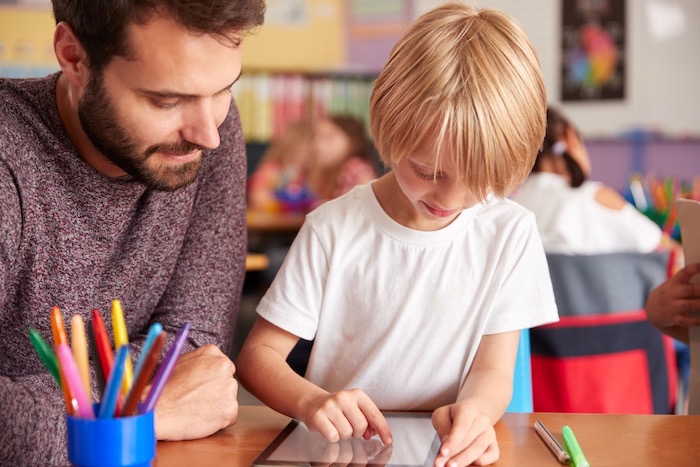







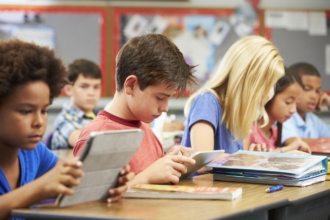



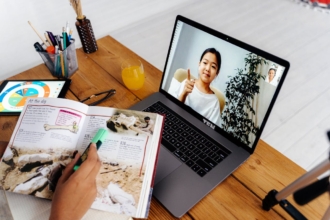


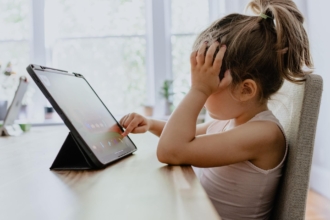
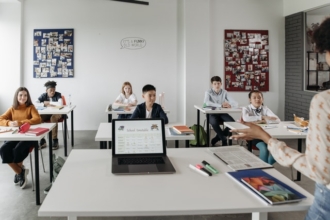

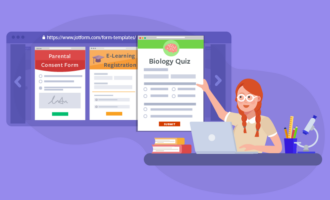












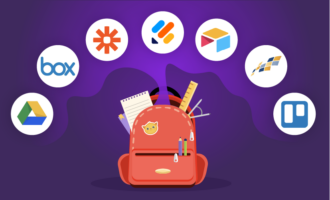

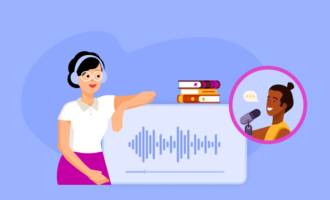
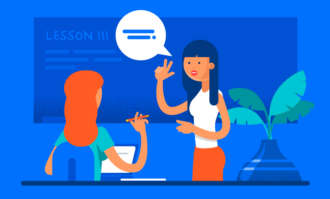







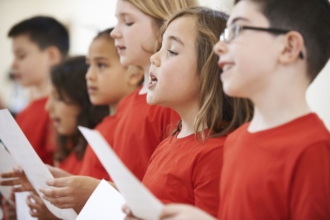
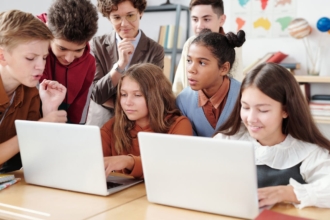



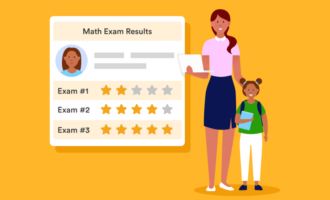

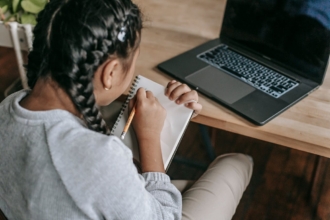







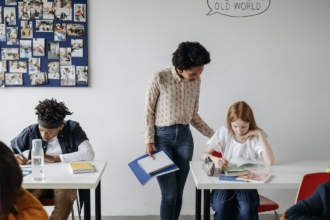



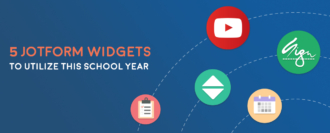
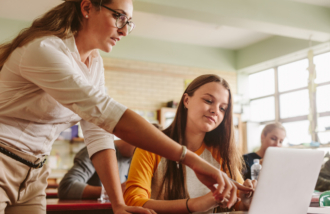









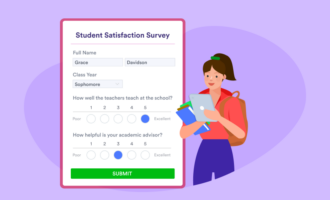




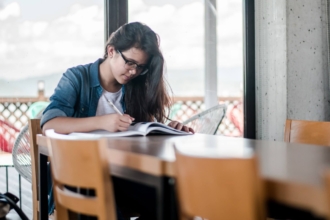





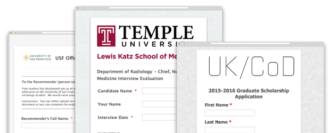






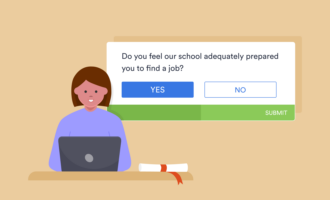
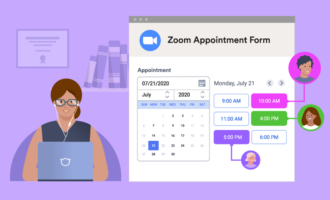

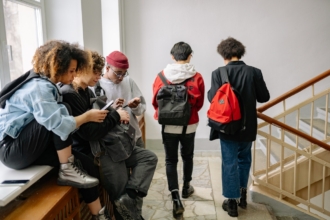








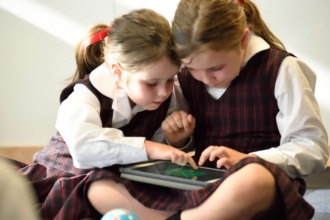



Send Comment:
1 Comments:
More than a year ago
These are the great ideas, I have recently purchase laptop from for my kid to learn digital things in proper way.